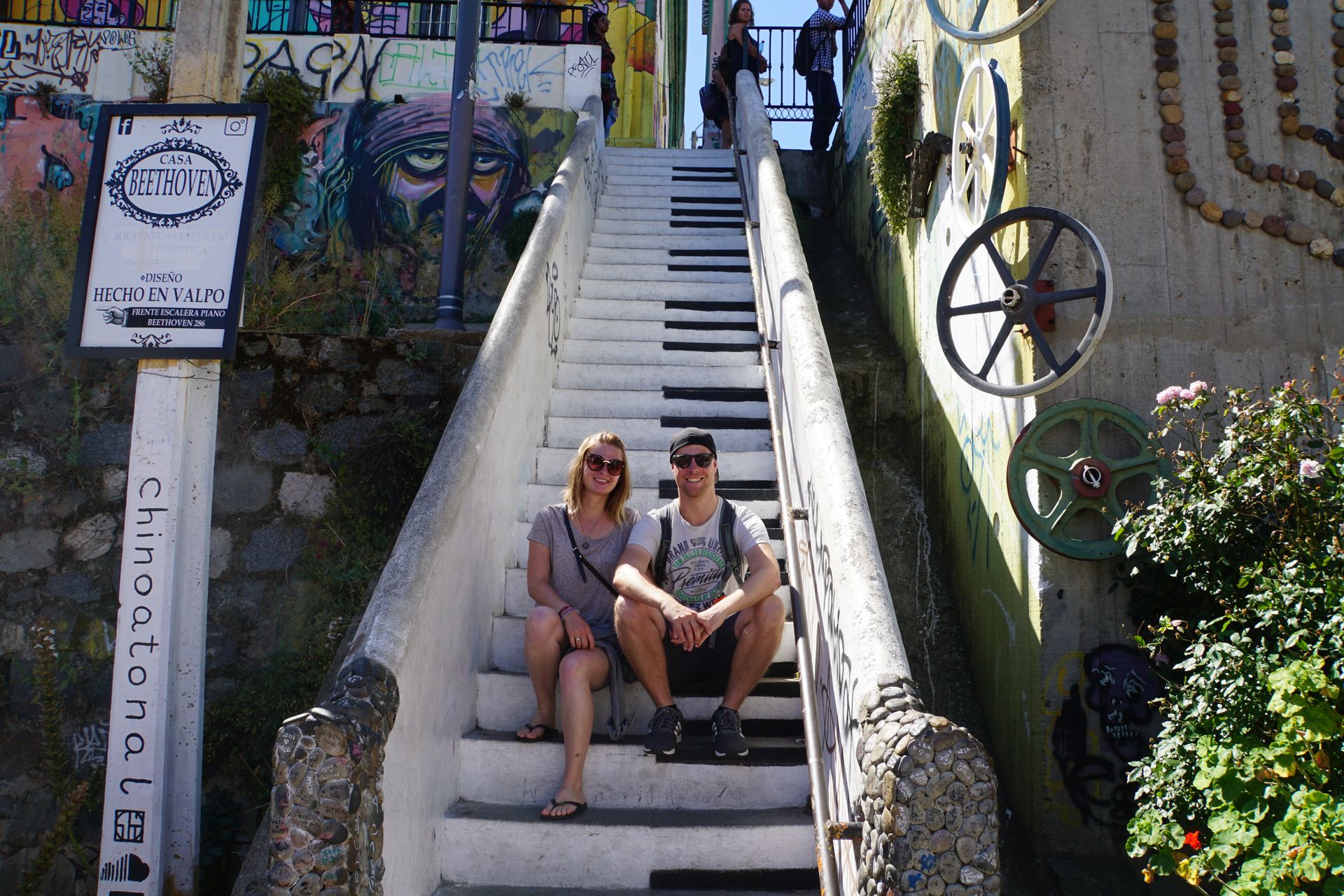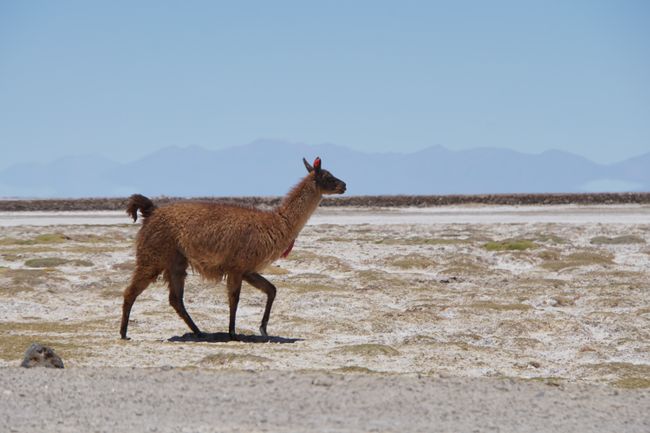Puerto Varas
Нашр шудааст: 14.01.2019
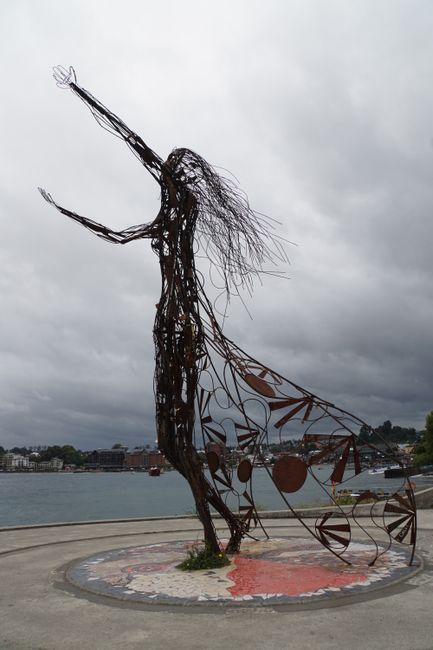
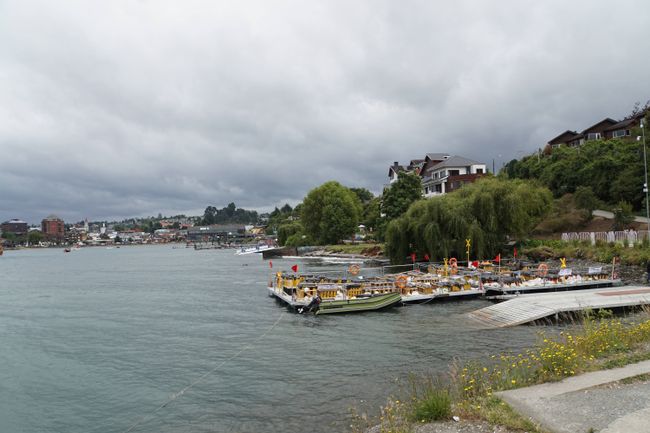
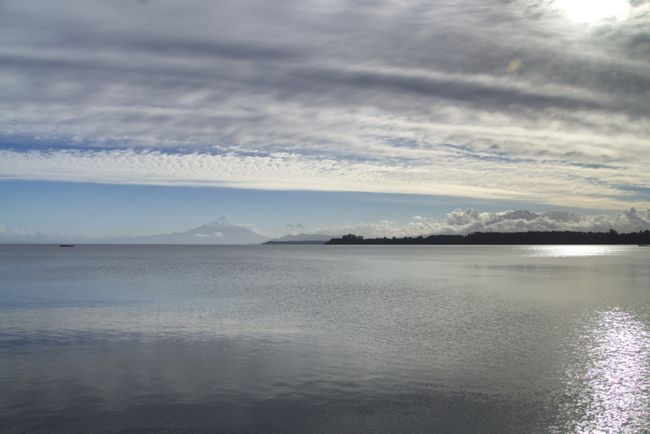
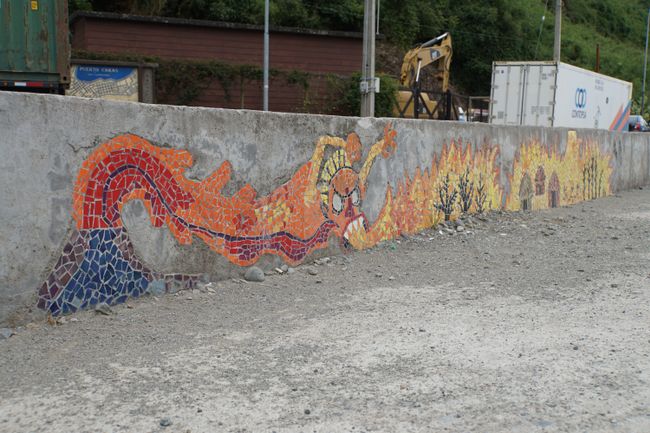
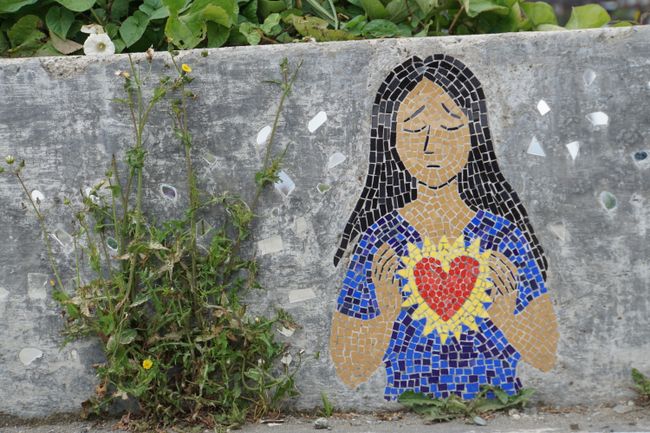
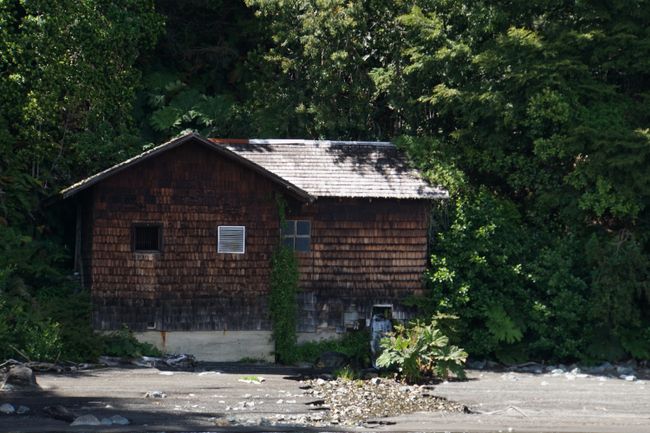
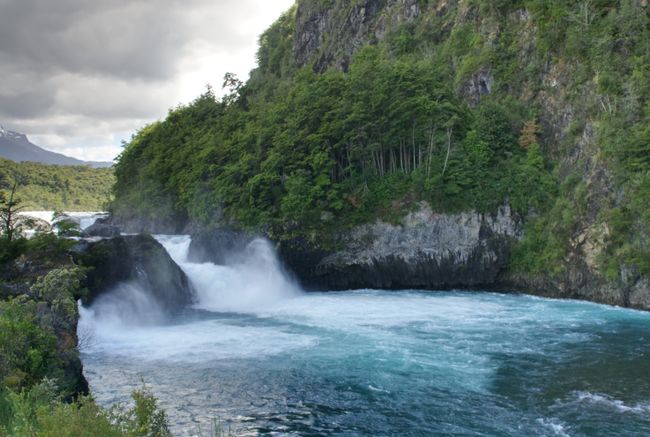
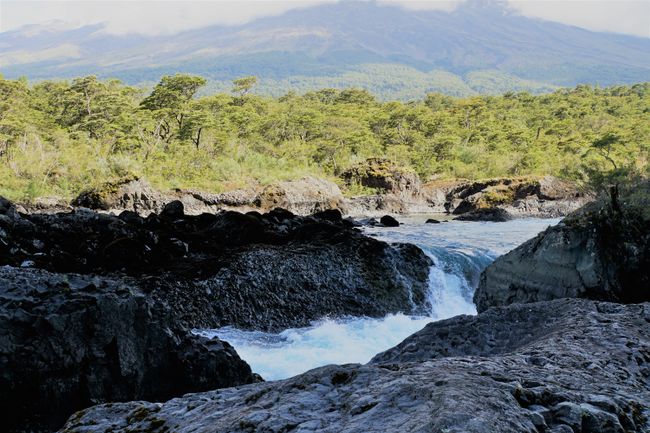
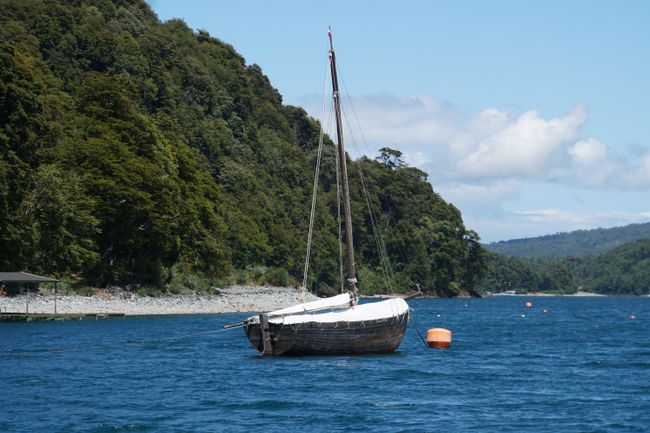
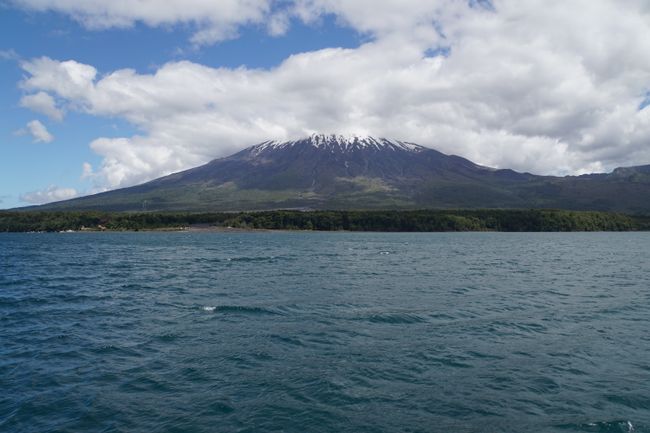
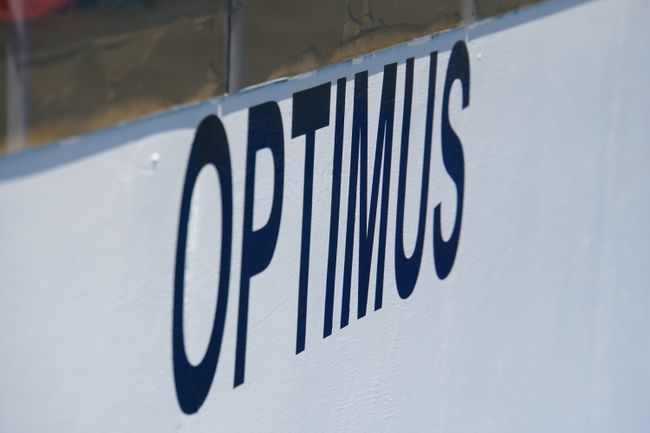
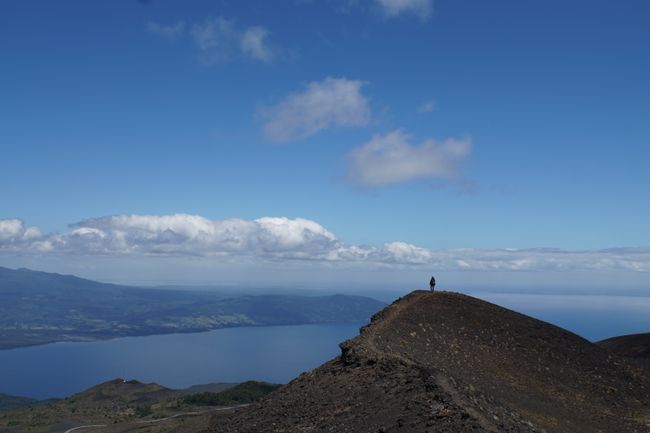
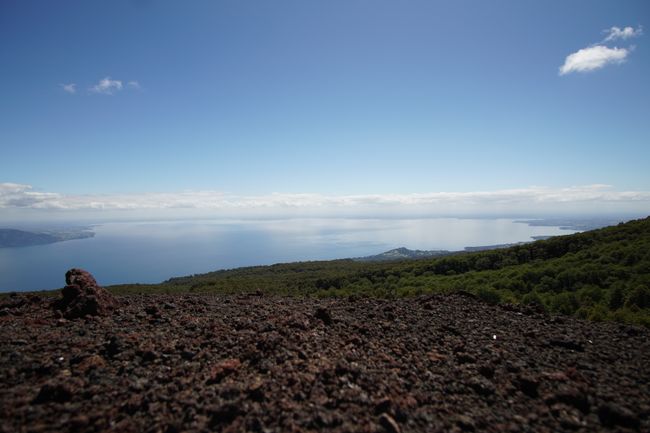
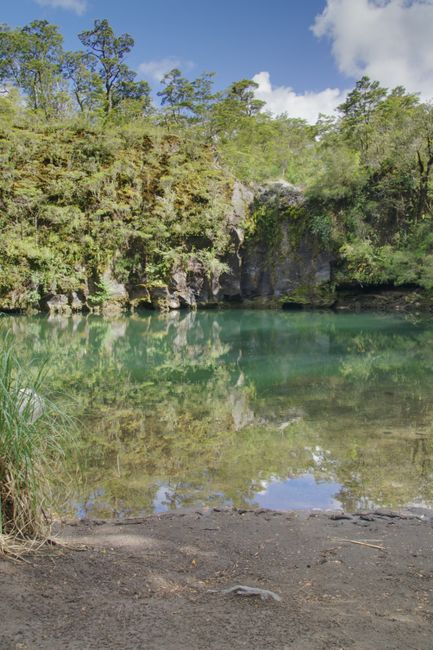

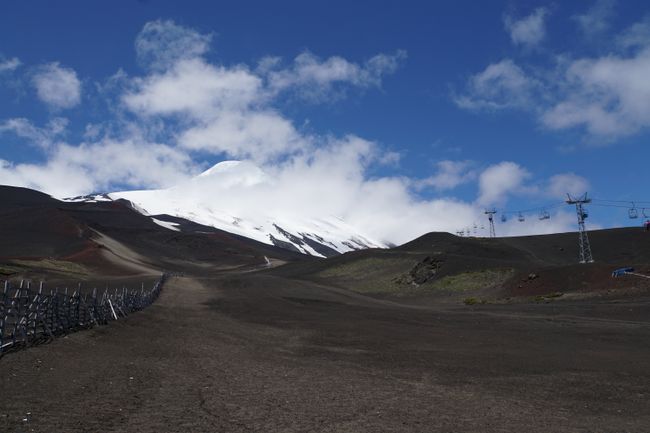
Ба бюллетен обуна шавед
We take the bus from Bariloche, Argentina, back to Chile. More specifically, we are heading to Puerto Varas, a small town in the Rio de los Lagos region in southern Chile. We spend the last day of 2018 in a charming little hostel with a view of the lake and, if the weather is good, even a view of the volcano (the long uphill walk from the bus stop to Calle Buena Vista - Good View - was definitely worth it).
Puerto Varas has a strong German influence, similar to Bariloche, as many German families settled here in the second half of the 19th century. So it comes as no surprise that there is "cake" to eat in every cafe here, and beer is the drink of choice in Puerto Varas as well. We are slightly surprised when we pass by the "Bombaderos". The local fire brigade drives out in large, red "fire engine" cars. Our hosts are even amazed when we explain to them that "fire brigade" is a German word.

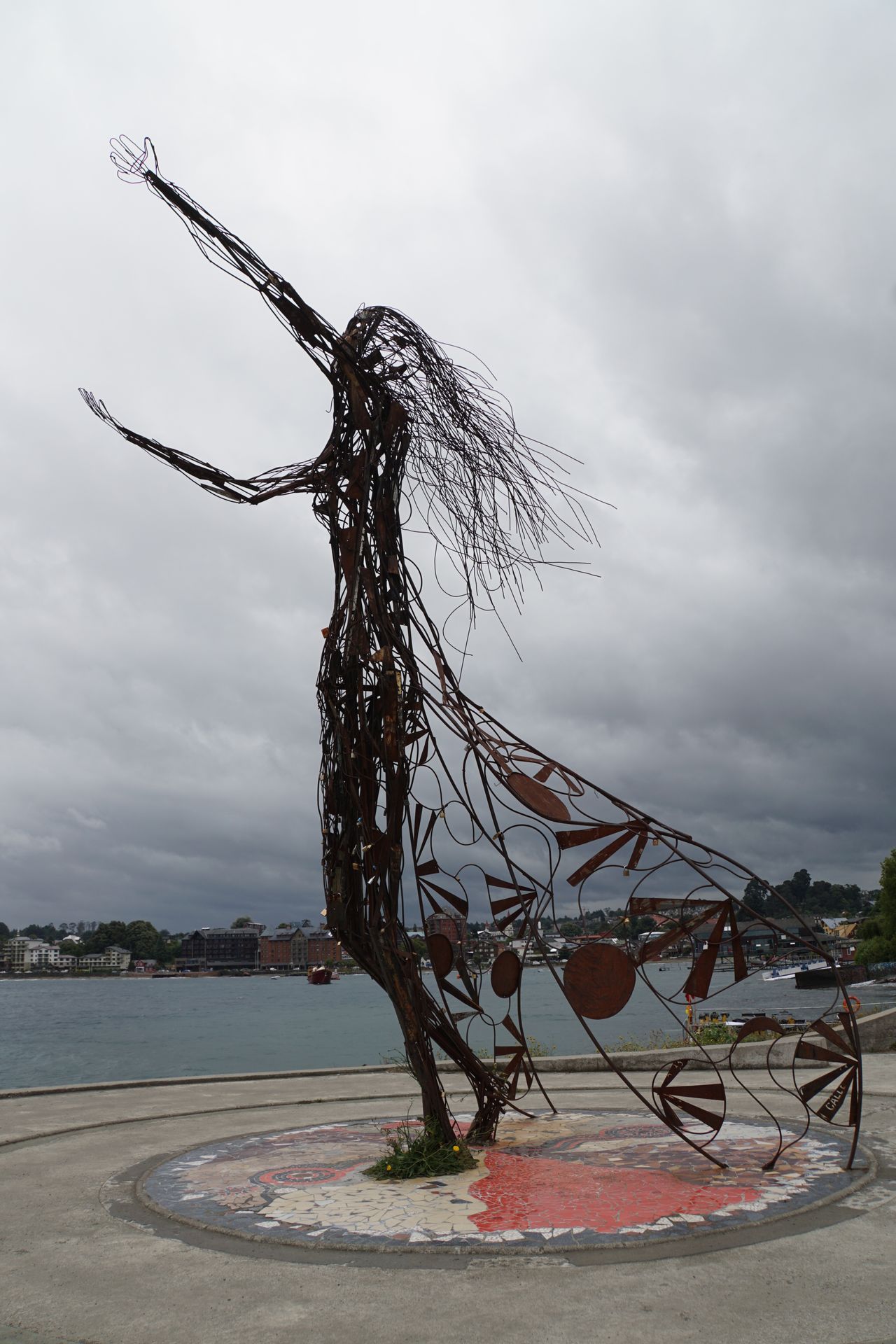
Sculpture on the shore of Lake Llanquihue
After a leisurely stroll through the local Christmas market, which is still open and where we admire numerous handicrafts, we ring in the last evening of the year with baked zucchini and the TV show "Dinner for One" (original and in the Cologne dialect). At midnight, we meet our hosts and the other two guests in the common room and enjoy the view from above of the lake, over which the city - as probably every year - sets off a gigantic fireworks display. With authentic Chilean sushi (lots of cream cheese, mushrooms, bell peppers, and chili) and spring rolls, champagne and Chilean Pisco Sour, time flies by. We learn a lot about the political situation in Chile: how the president is cutting the education system, making studying more expensive, and closing public educational institutions and hospitals; that environmental protection only exists on paper and water rights are being privatized, with massive impact on agriculture. We have heard this several times now. The discontent, especially among educated Chileans, is growing. But they also don't know how things should continue.
We have to tear ourselves away at half past two in the morning, as we will start our tour in about 6 hours. We spend our first day of 2019 at the Petrohué Waterfalls and on the Osorno Volcano, which we can see from the shore in Puerto Varas. Our guide Ben makes a very nice impression and is extremely excited about the good weather. In the past few days, the weather has been rather unpleasant and the chance to see the volcano without clouds was hardly possible. But now we start with a wonderfully blue sky and promising sunshine. Our first stop is the Saltos de Petrohué, waterfalls in the Vicente Pérez Rosales National Park, which flow out of Lake Todos los Santos. Lava from the neighboring Osorno Volcano cooled here thousands of years ago under the ice of a glacier and formed grooves and channels through which the petrol-blue water rushes nowadays.
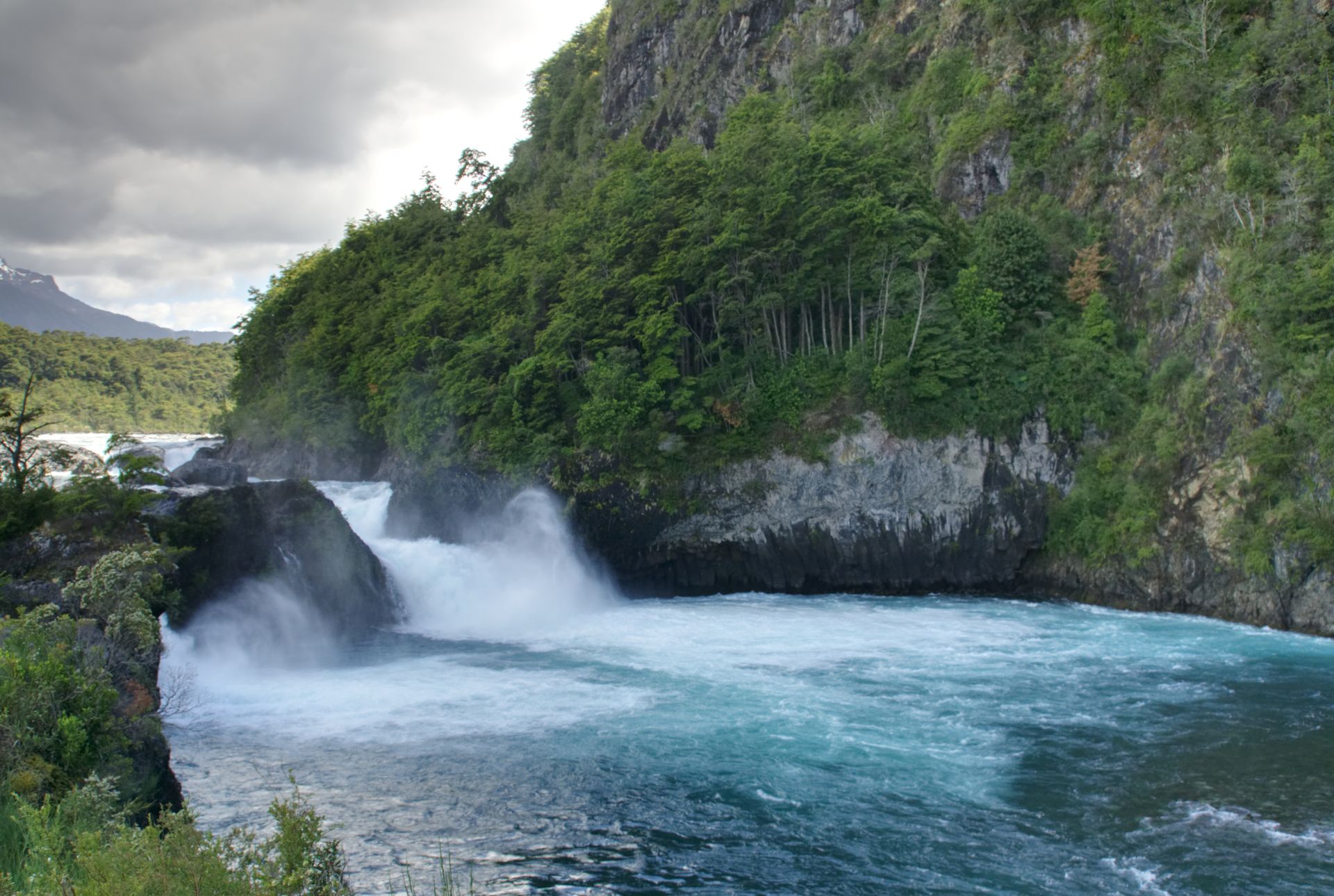
The crystal-clear water looks deep blue!
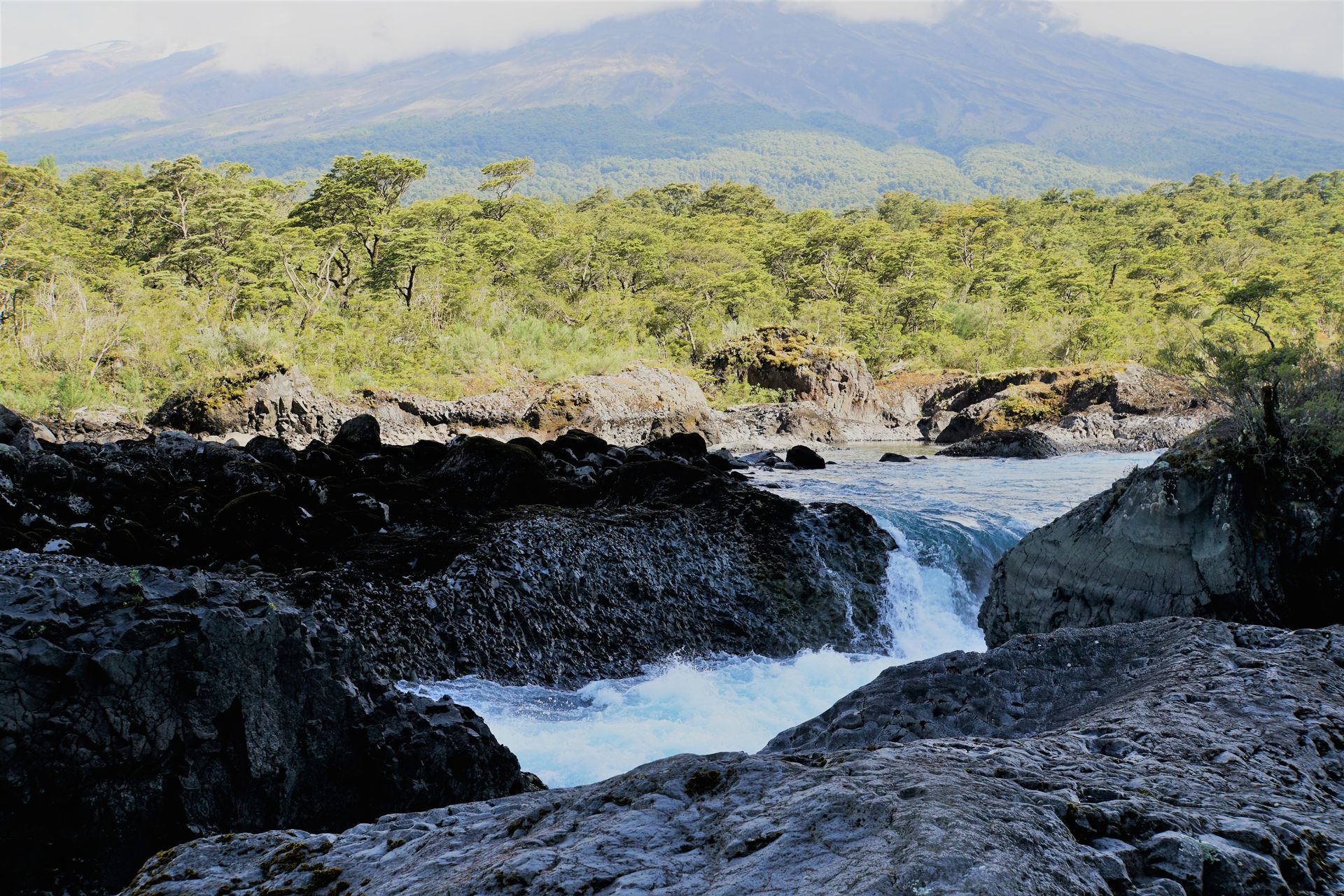
Behind the waterfalls, the Osorno rises - unfortunately again in clouds
Our tour continues to Lake Todos los Santos, the "Lake of All Saints". Allegedly, Jesuits discovered this lake on November 1st and named it after the holiday. However, the locals call this lake Lago Esmeralda, the emerald green lake. Volcanic minerals and sediments actually give the lake a deep green color in the right sunlight. Here we sail comfortably across the lake and enjoy the view of the lake and the Osorno Volcano. In addition, we learn that about 400 people still live around this lake. They have a special permit from the government, which did not want to evict the settlers when the area became a national park. The residents live here completely self-sufficiently and environmentally friendly: there are no roads, each house has its own boat dock, water comes from the mountains, electricity comes from mini hydropower plants, and all waste has to be disposed of by themselves. In return, the neighbors are out of sight and there is idyllic nature at the doorstep.
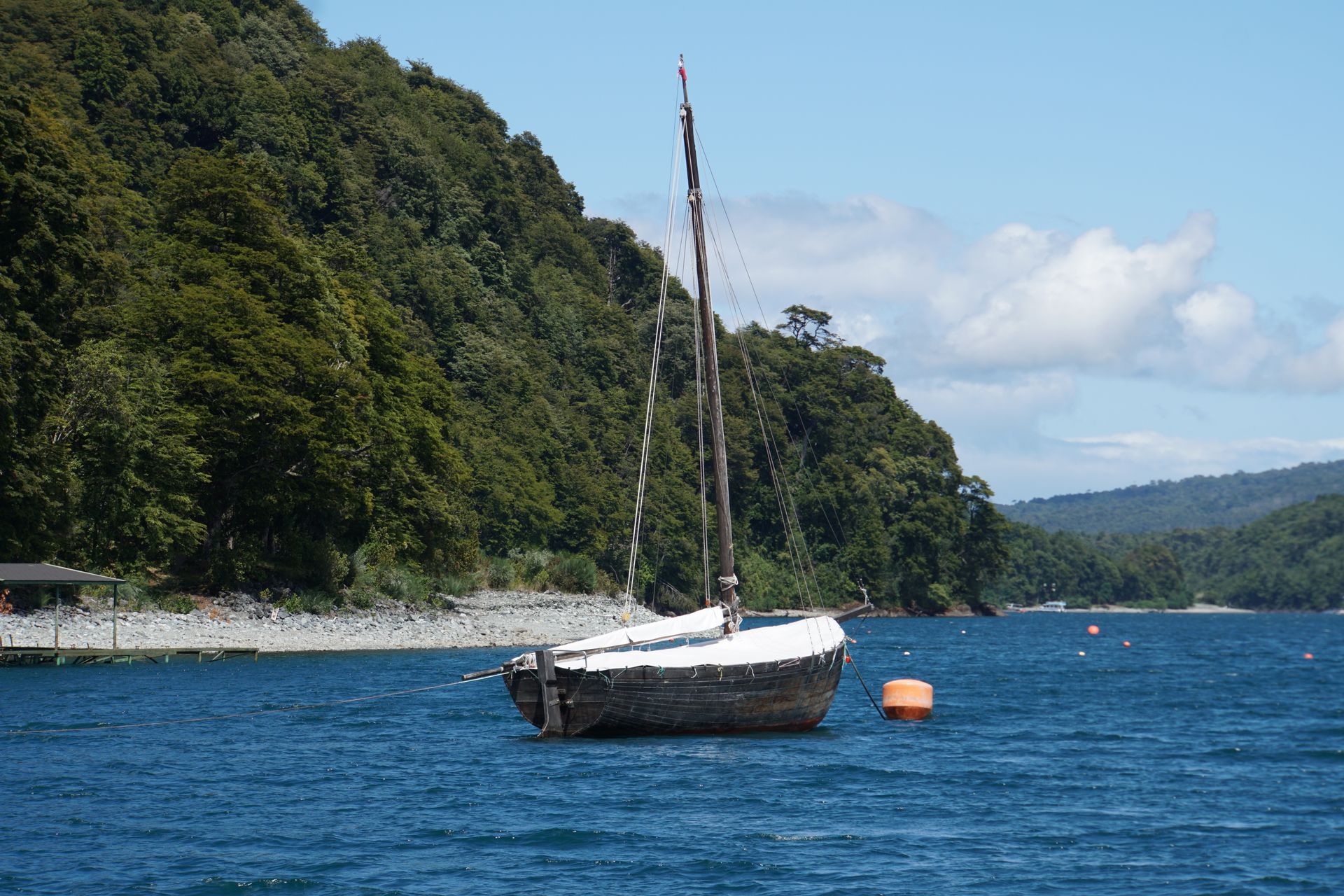
Sailboat on Lake Todos los Santos
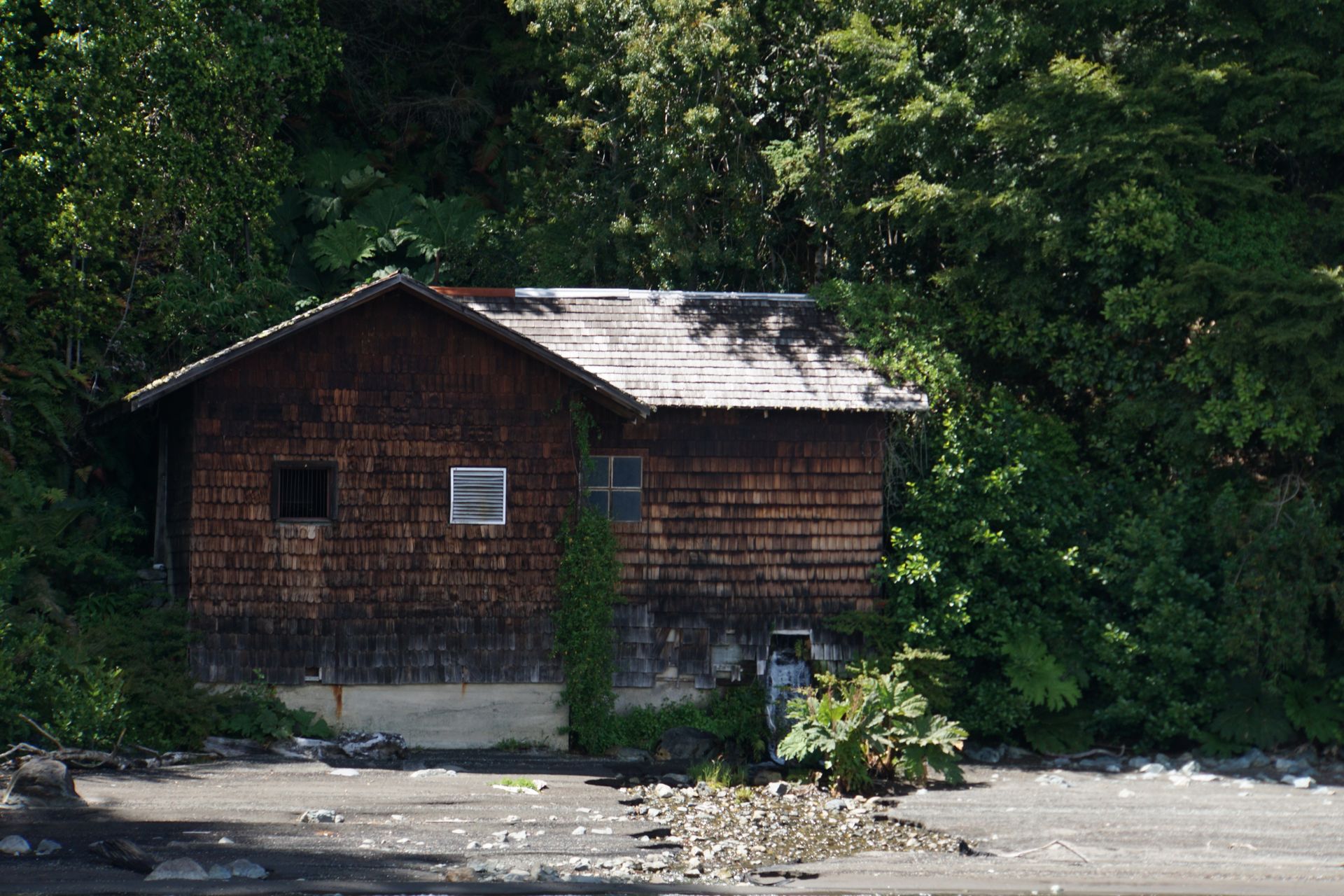
A mini hydropower plant
Finally, we go to our last stop, the Osorno Volcano. Since we brought our own lunch, we can start exploring on our own while the rest of our group has lunch in a restaurant. By now, the sky has cleared up again and we climb the basalt cone of the Osorno. Unlike other volcanoes, the Osorno has many small craters spread throughout the entire mountain, from which lava erupts during an eruption. The main crater at the summit is "blocked" by a glacier, so eruptions can only occur through the small secondary craters. Therefore, the volcano-typical basalt cone, which is almost 2,700 meters high, has so far been spared from explosions and eruptions. It is quite exhausting to hike on the loose and colorful scree, but the view is absolutely worth it!

View of Lake Llanquihue

The ice-covered summit of the Osorno - a popular skiing area in the Chilean winter
Then it's time to head back. Today, we just have to pack our things because tomorrow morning our bus will take us to Chiloé, an island off the coast of Chile, where we will spend the next few days.
Ба бюллетен обуна шавед
Ҷавоб (1)
Hallo, das nenne ich perfekt ins neue Jahr gekommen. Tolle Bilder 👍 Liebe Grüße Conny
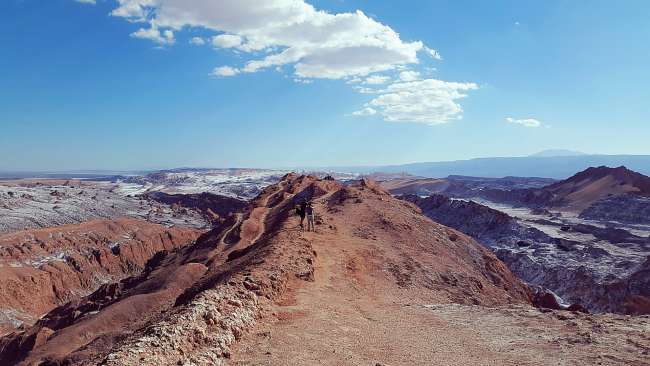
Ҳисоботи сафар Чили
